- Liliaceae
- Lamiaceae
- Euphorbiaceae
- Leguminosae
- Zingiberaceae
- Chloranthaceae
- Campanulaceae
- Asteraceae
- Acanthaceae
- Orchidaceae
- Polygonaceae
- Ranunculaceae
- Vitaceae
- Rubiaceae
- Solanaceae
- Thymelaeaceae
- Saururaceae
- Moraceae
- Polypodiaceae
- Myrtaceae
- Araceae
- Adiantaceae
- Schisandraceae
- Amaranthaceae
- Berberidaceae
- Araliaceae
- Taxaceae
- Cucurbitaceae
- Apiaceae
- Guttiferae
- Scrophulariaceae
- Papilionaceae
- Caprifoliaceae
- Elaeagnaceae
- Apocynaceae
- Brassicaceae
- Papaveraceae
- Gentianaceae
- Paeoniaceae
- Lauraceae
- Punicaceae
- Nyssaceae
- Ephedraceae
- Gnetaceae
- Polygalaceae
- Violaceae
- Ginkgoaceae
- Cupressaceae
- Dipsacaceae
- Eucommiaceae
- Juglandaceae
- Dryopteridaceae
- Rosaceae
- Huperziaceae
- Caryophyllaceae
- Rhamnaceae
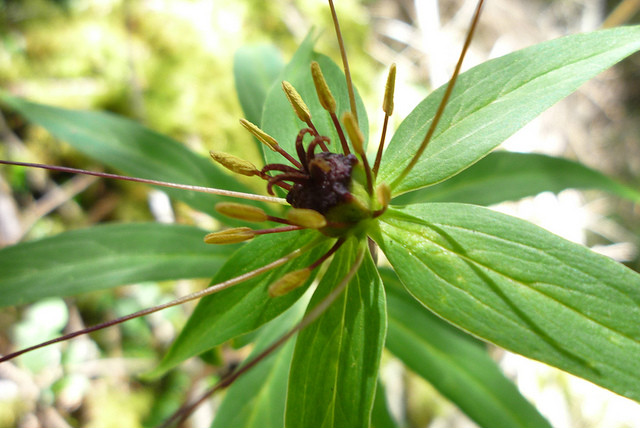
Paris polyphylla
- Introduction
- Download
Blast
Paris polyphylla is an Asian species of plants native to China, the Indian Subcontinent, and Indochina It is also a traditional Chinese herb used for boils, swelling, sore throats, snake bitten by insect, fell pain, epilepsy.
Year:2013
Institution:Institute of Medicinal Plants Development, Chinese Academy of Medical Sciences & Peking Union Medical College
Material: Yunnan
Data link:http://www.herbal-genome.cn/index.php?m=content&c=index&a=show&catid=100&id=11
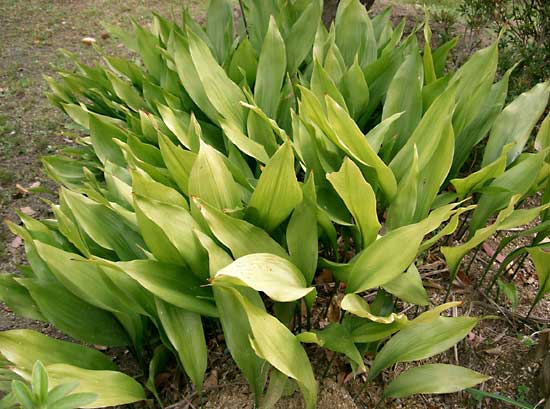
Aspidistra elatior Blume.
- Introduction
- Download
Blast
Aspidistra elatior Blume, a member of Liliaceae, is a traditional Chinese medicinal herb and ornamental plant species Its rhizomes and leaves show diuresis, abirritation and detumescence effects on certain illnesses For a long time it has been used in China to cure injuries from falls, as well as rheumatic fever and rheumatism In recent years, research into its biochemical constituents was mainly focused on the steroidal compounds
Year:2016
Institution:South China Botanical Garden, Chinese Academy of Sciences
Yunnan Agricultural University
Data Link:http://www.herbal-genome.cn/index.php?m=content&c=index&a=show&catid=100&id=10
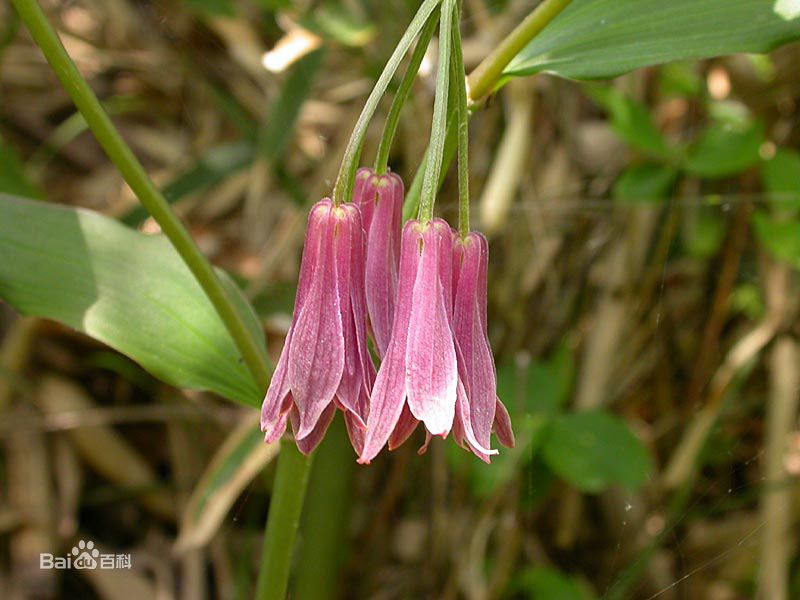
Disporum cantoniense (Lour.) Merr
- Introduction
- Download
Blast
Disporum cantoniense (Lour.) Merr is a rare medicinal herbs and miao medicine. Belongs to the perennial plant, 700-3000 meters above sea level. In China, Sikkim, Bhutan, Nepal, India and Thailand, the root and rhizome are medicine part and have the effect on cough.
Year:2016
Institution:South China Botanical Garden, Chinese Academy of Sciences
Yunnan Agricultural University
Data Link: http://www.herbal-genome.cn/index.php?m=content&c=index&a=show&catid=100&id=9
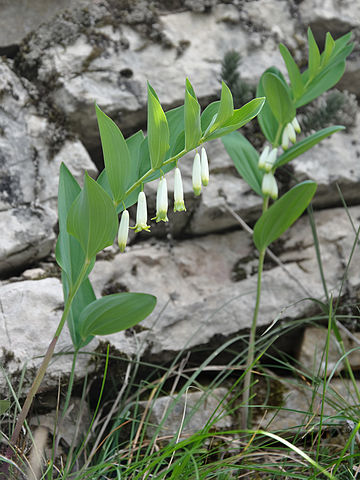
Polygonatum odoratum (Mill.) Druce
- Introduction
- Download
Blast
Polygonatum odoratum (Mill.) Druce,used in traditional Mongolian medicine for the treatment of weakness, impotence, diseases of the kidneys, gonorrhea, pains in the back and legs, coughing, tuberculosis, yellow liquorstasis, and diabetes.
1
Year:2016
Institution:South China Botanical Garden, Chinese Academy of Sciences
Yunnan Agricultural University
Material:Guangzhou
2
Year:2016
Institution:South China Botanical Garden, Chinese Academy of Sciences
Yunnan Agricultural University
Material:Wuhan
Data Link: http://www.herbal-genome.cn/index.php?m=content&c=index&a=show&catid=100&id=8
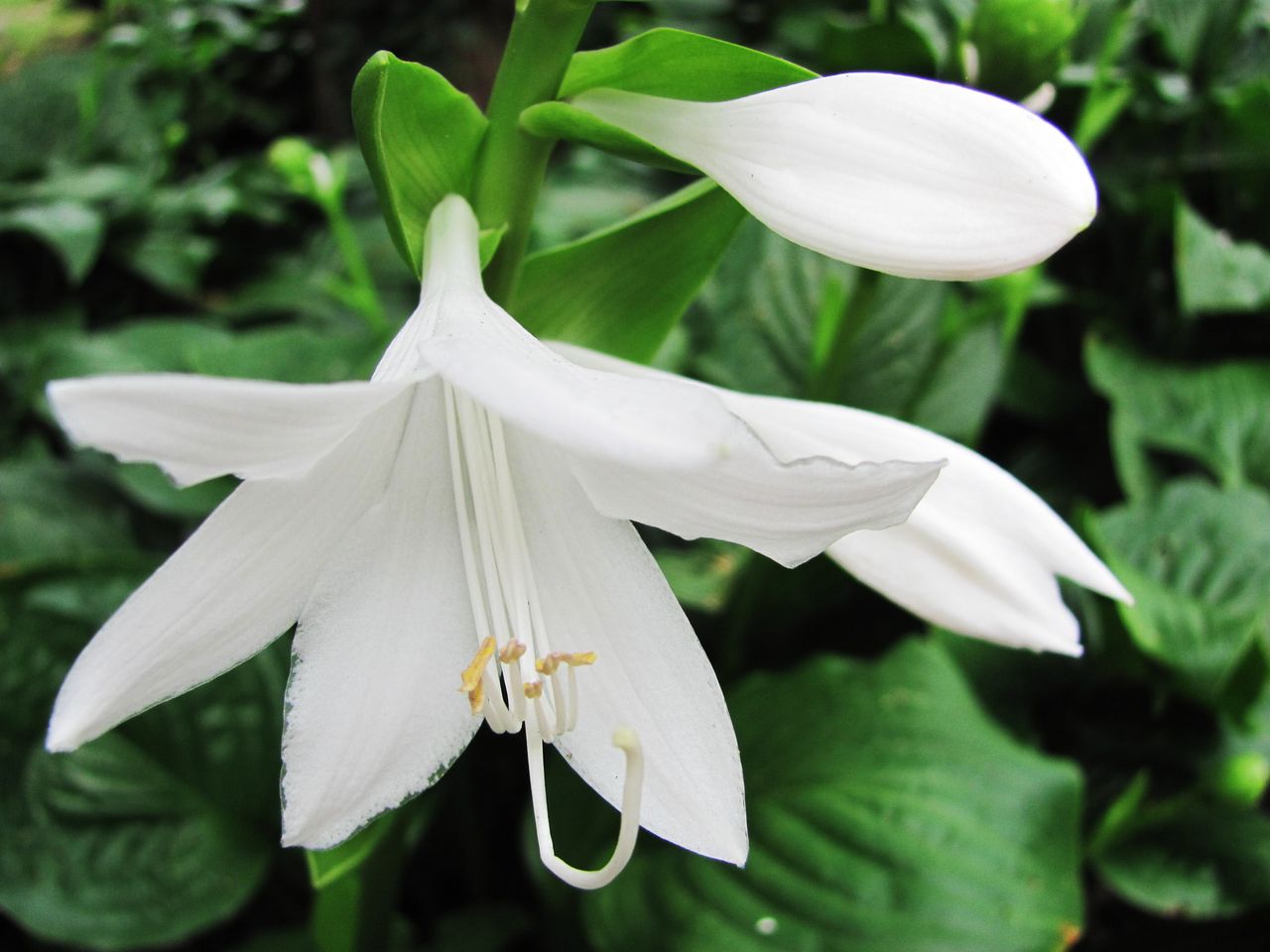
Hosta plantaginea (Lam.) Aschers
- Introduction
- Download
Blast
Hosta plantaginea (Lam. ) Aschers, native to northeast Asia (China, Japan, Korea, and the Russian Far East). Their young leaves and buds are edible, meanwhile the leaves and rhizome have been used as an important folk medicine in China and Japan. Hosta species are used to treat various conditions such as mastitis, otitis media, folliculitis, pharyngolaryngitis, urethritis, dysmenorrhea and snake bites.
Year:2016
Institution:South China Botanical Garden, Chinese Academy of Sciences
Yunnan Agricultural University
Data Link: http://www.herbal-genome.cn/index.php?m=content&c=index&a=show&catid=100&id=7
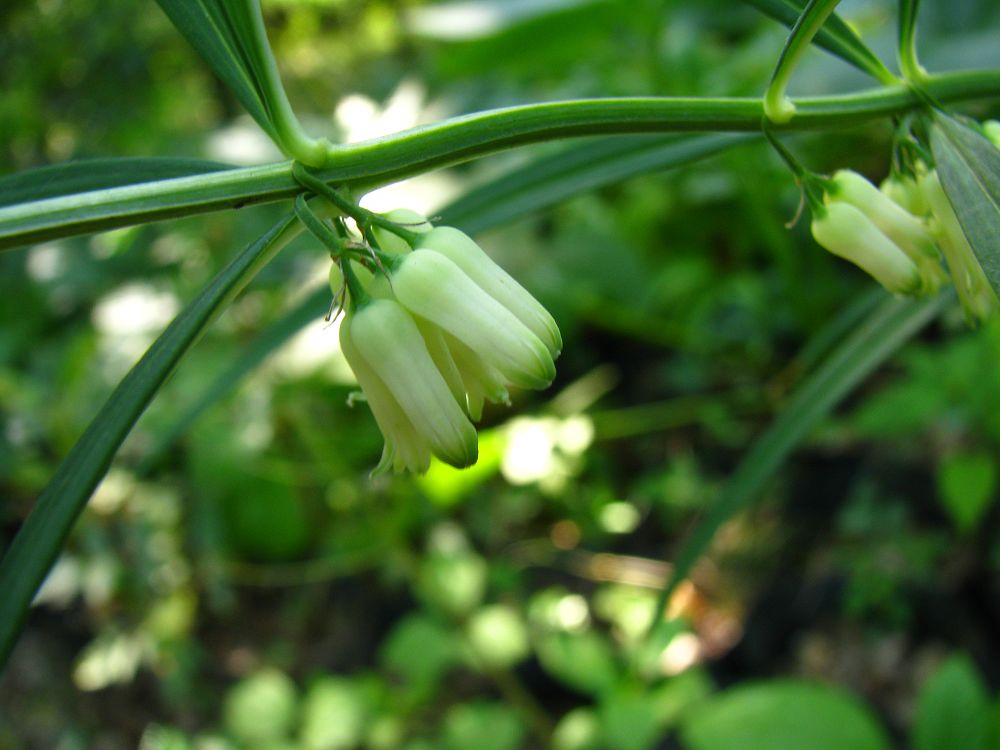
Polygonatum sibiricum Delar. ex Redoute
- Introduction
- Download
Blast
Polygonatum sibiricum Delar ex Redoute,belonging to the family of Liliaceae, is a folk medicine widely used in China, Korea and Japan In traditional Chinese medicine, P sibiricum is used mainly for the treatment of cough, dizziness and lung trouble Pharmacological studies indicate that P sibiricum may stimulate immune system, decrease blood glucose and lipid levels, and prevent aging The reported chemical constituents of P sibiricum include steroid saponins, flavones, alkaloids, lignins, amino acids, and carbohydrates
1
Year:2016
Institution:South China Botanical Garden, Chinese Academy of Sciences
Yunnan Agricultural University
Data Link: http://www.herbal-genome.cn/index.php?m=content&c=index&a=show&catid=100&id=6

Kadsura longipedunculata Finet & Gagnep.
- Introduction
- Download
Blast
Kadsura longipedunculata Finet & Gagnep belongs to the medicinally important family Schisandraceae, which is widely distributed particularly in southern China. This plant is an evergreen scandent vine and is used in traditional Chinese medicine (TCM) for the treatment of rheumatoid arthritis as well as gastrointestinal diseases, such as gastric and duodenal ulcers, traumatic injury and ulcers with pyogenic infection. A previous study reported that the essential oil from the roots of K. longipedunculata has antimicrobial, antioxidant and cytotoxic activity and also found d-cadinene to be the main compound of the oil.
Year:2016
Institution:South China Botanical Garden, Chinese Academy of Sciences
Yunnan Agricultural University
Material: Guangzhou, China
Data link: http://www.herbal-genome.cn/index.php?m=content&c=index&a=show&catid=100&id=55